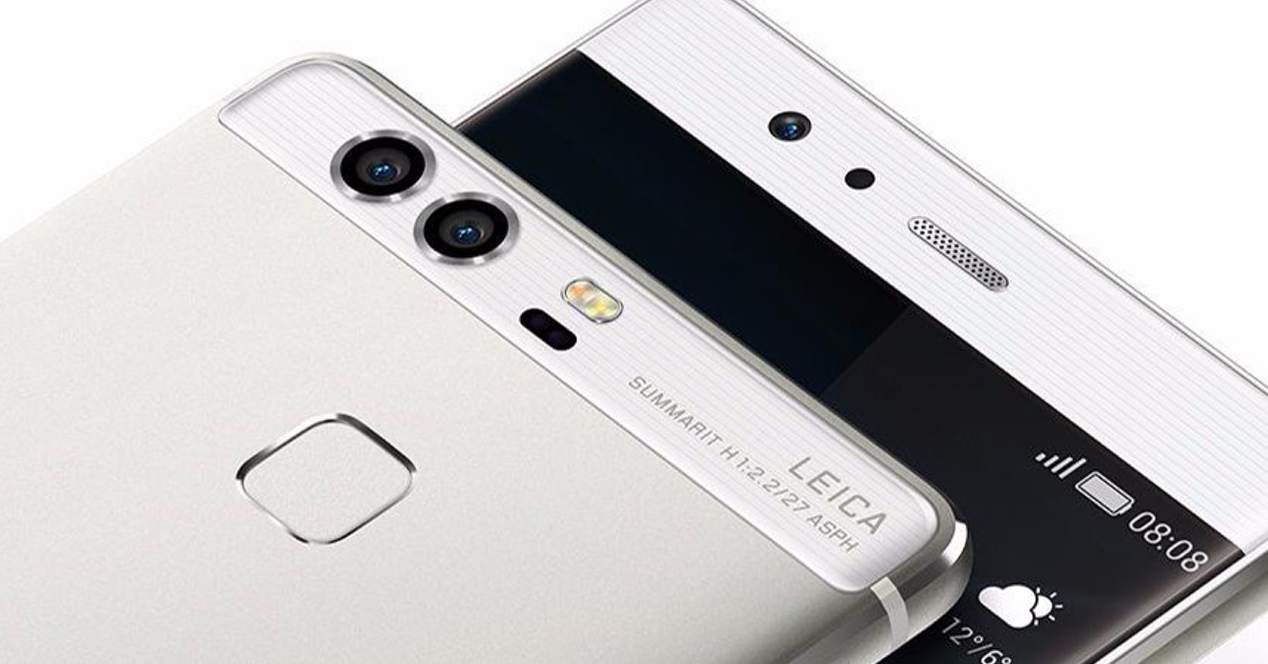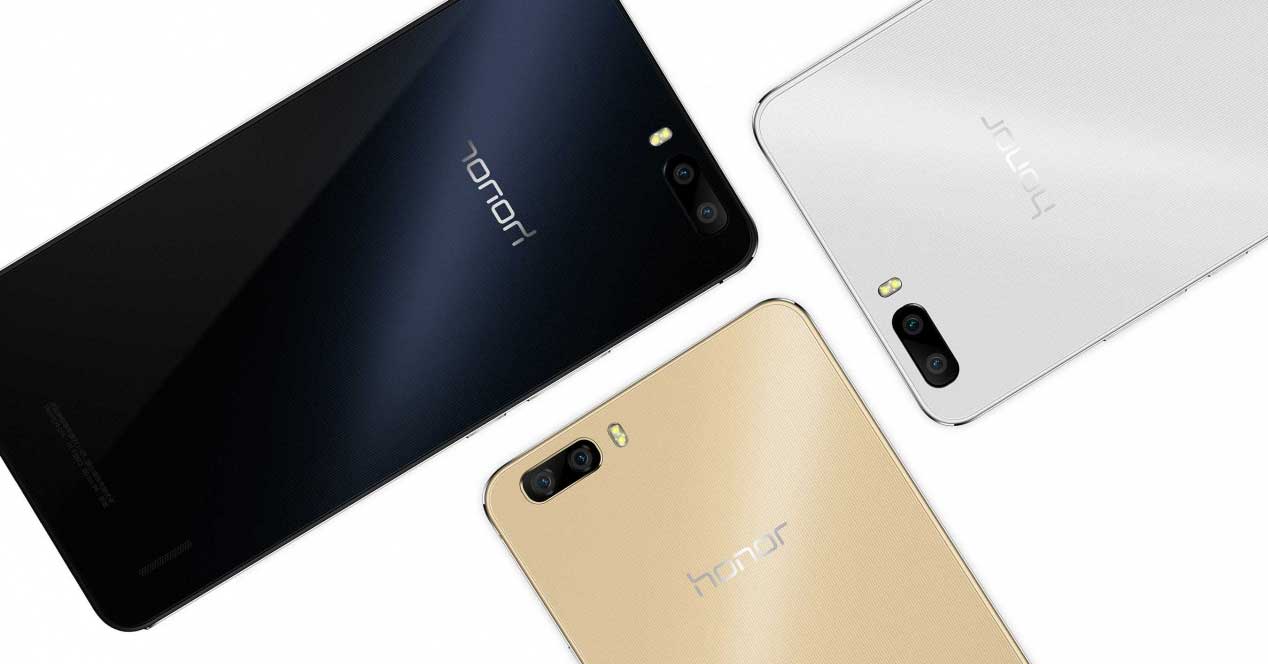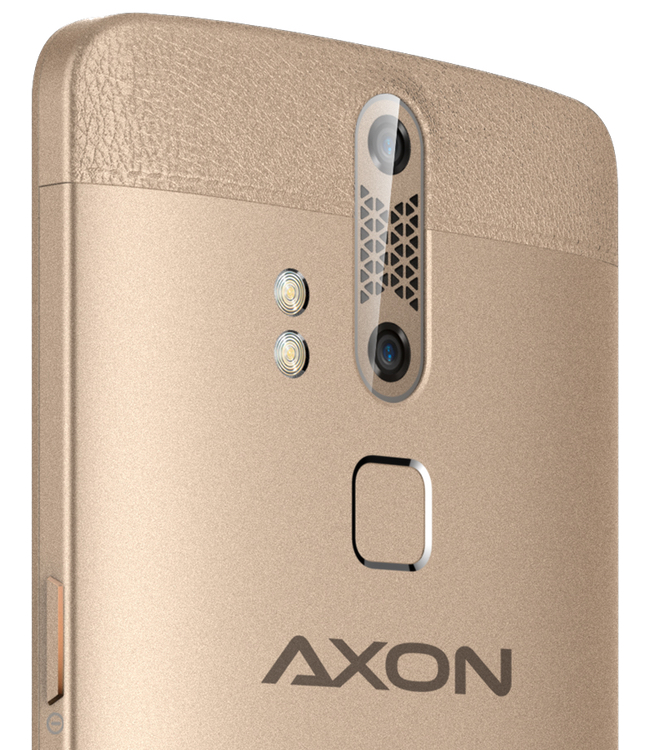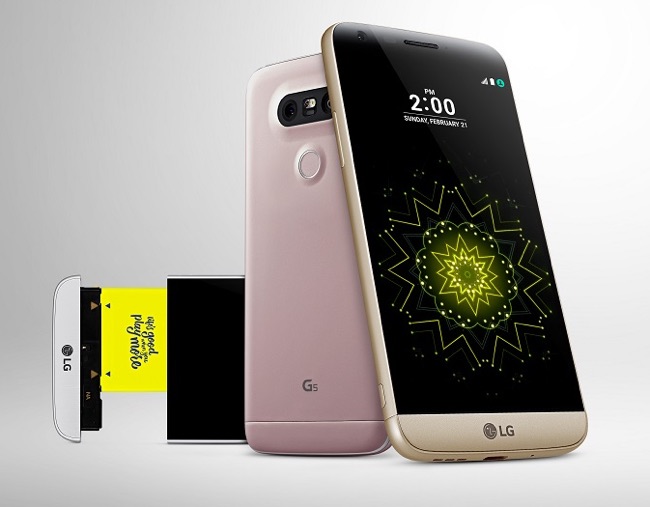
Dual cameras are here to stay in the smartphone market. That means that we are going to see them present in many more mobiles from now on. All the flagships will probably incorporate a dual camera, but that does not mean that they will all be the same. Here are the differences between these dual cameras.
A matter of marketing, yeah
We should start by talking about dual cameras for what they really are, a marketing matter. Is it that they do not incorporate any novelty? Well, yes, they do incorporate it, but that does not mean that these news are so relevant. In reality they are not. In many cases, manufacturers are launching dual cameras because their rivals have launched this type of camera and it seems that launching a mobile with a single camera is like launching a mobile with a worse camera. This is not the case either, it is not true. But it is also true that in this world in which it seems that manufacturers compete with each other to get the best mobiles, they cannot afford to launch a mobile that does not compete at the marketing level with its rivals. Beyond that, dual cameras have their relevance, and they play a determining role. Let's see what kind of cameras we can find on the market.
3D cameras
Perhaps the oldest, or the first, are cameras capable of capturing 3D images. This was the camera of the Honor 6 Plus, one of the first smartphones that had a Dual camera. The camera of this mobile could capture images in 3D, and for a while it was something innovative and interesting. But it must also be said that the large manufacturers did not find much incentive in this type of camera, so it was one of the few that came with this camera.
Cameras with different depth of field
Another of the mobiles that we saw arriving a long time ago with a camera of this type was the ZTE Axon. This smartphone had two cameras, one main, and another that acted as a secondary camera. This second camera was dedicated to capturing a second shot, with which it was later possible to modify the depth of field of our capture. That is, modify the focus point of each photograph. It was not a bad option, really, and quite interesting effects could be achieved with this camera.
We have seen something similar in HTC phones for two generations. Phones that incorporated a dual camera, and in which that second camera was responsible for measuring the focus in the best possible way. However, these cameras were only a prologue to what was to come later, cameras that were really going to have special functions.
Two different sensors
The Huawei P9, and the Honor 8, have been two smartphones that have come with a somewhat different dual camera. Your camera generates a single image, which cannot be modified. This image is composed by the two sensors of the mobile. One of the sensors captures color images, while the other sensor captures black and white images. The latter captures more light than the former, while the former is dedicated to capturing more color details. By combining the captures of the two sensors, a result that is difficult to improve is achieved when capturing a photograph. It comes with Leica certification, and it has been a camera that has delighted photographers.
Two cameras with different angles
Finally, something that we have also seen are the mobiles that arrive with two cameras with different angles. The angle allows us to capture a more closed or more open photo. Closer is great for a portrait. But if we shoot landscapes, a wide angle will be better. Since modifying the angle is not easy in a single camera, the solution with the LG G5 was to integrate two cameras, with different focal lengths. We can use one camera when we want to take one type of photography, and the other with another type of photography. The iPhone 7 Plus goes that way, with two cameras with different focal lengths. Of course, there is a different one. The iPhone 7 Plus generates a single capture with each photo, which can then be modified, applying zoom, or changing the angle of the photo. Let's say you somehow use both cameras simultaneously to generate a writable file.
So far, these are the dual camera technologies we've seen hitting the market. However, they are probably not going to be the only ones. And we can expect at least a response from Google with the new Pixels, and a response from Samsung with a future Galaxy S8. We will see exactly what comes. The relevant thing is to understand that not all dual cameras are the same, but that there are differences, and how to differentiate one from the other.


